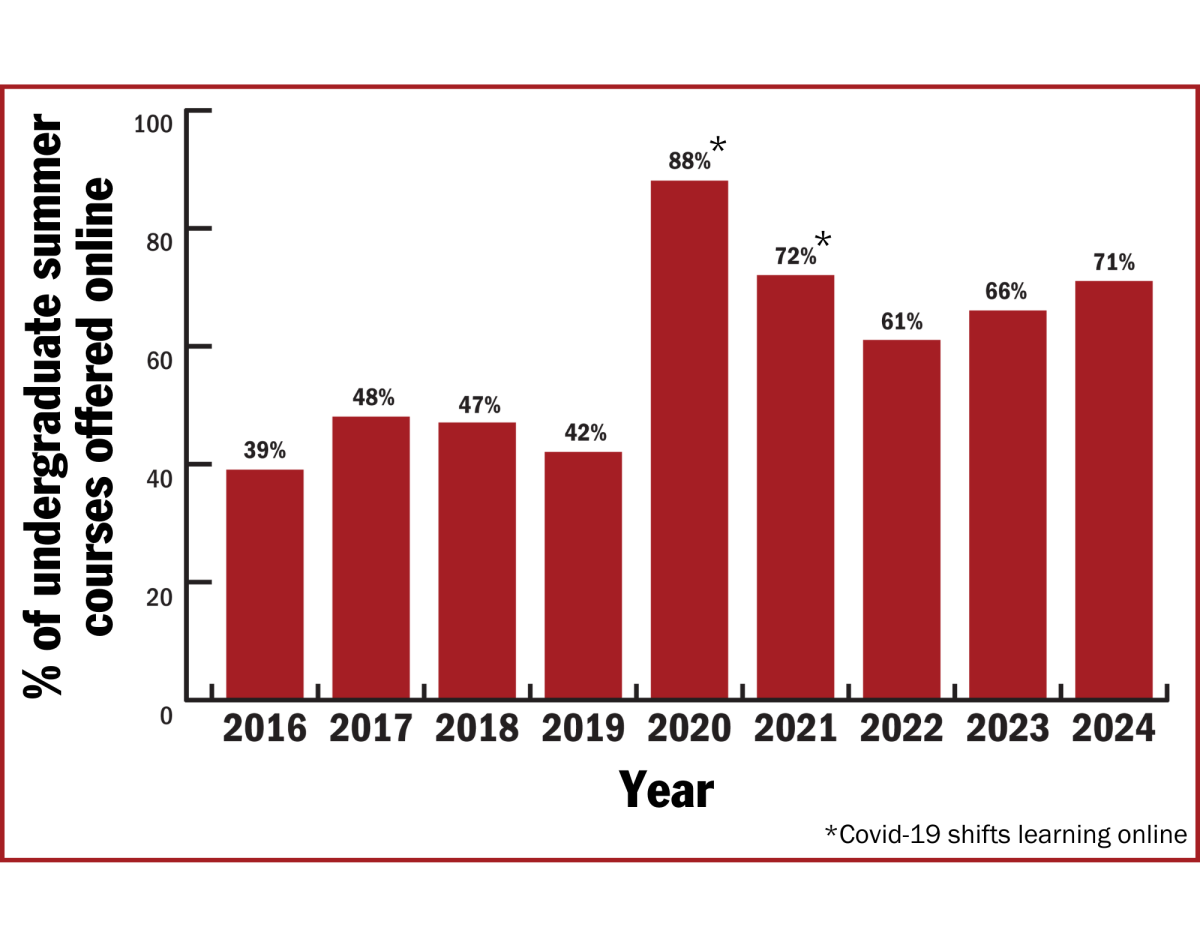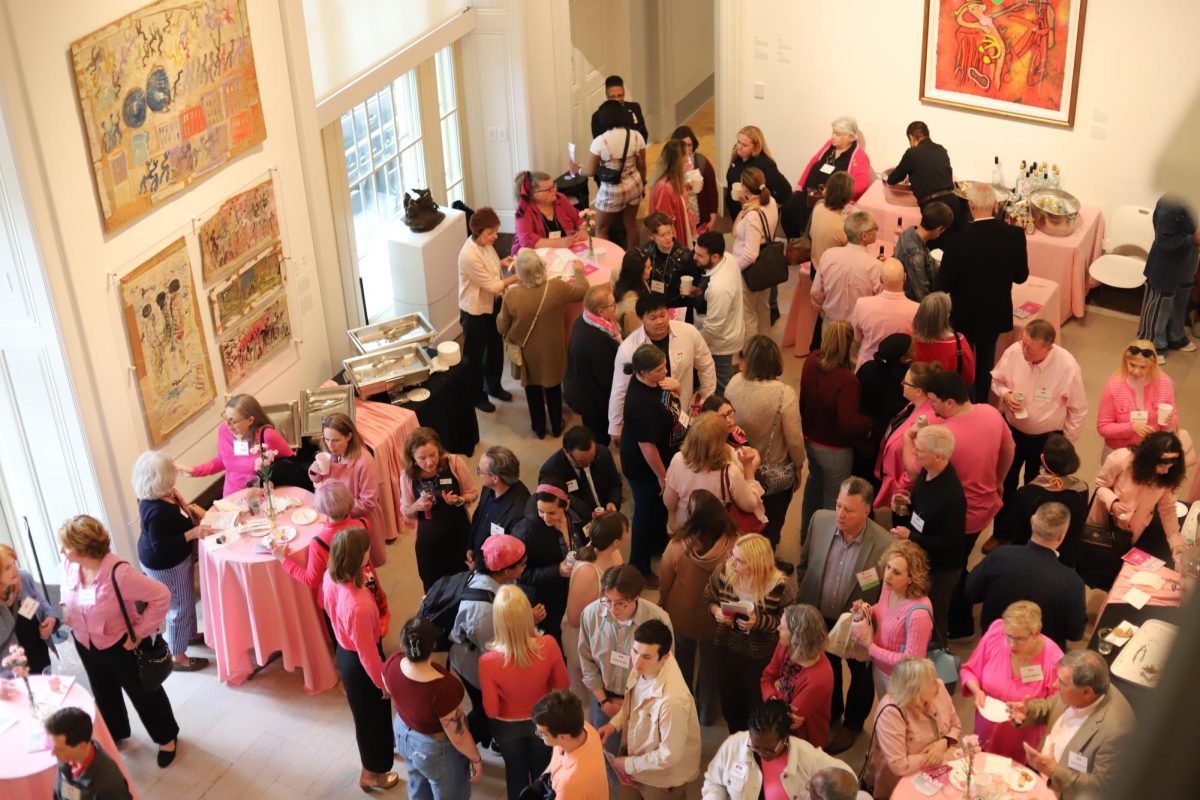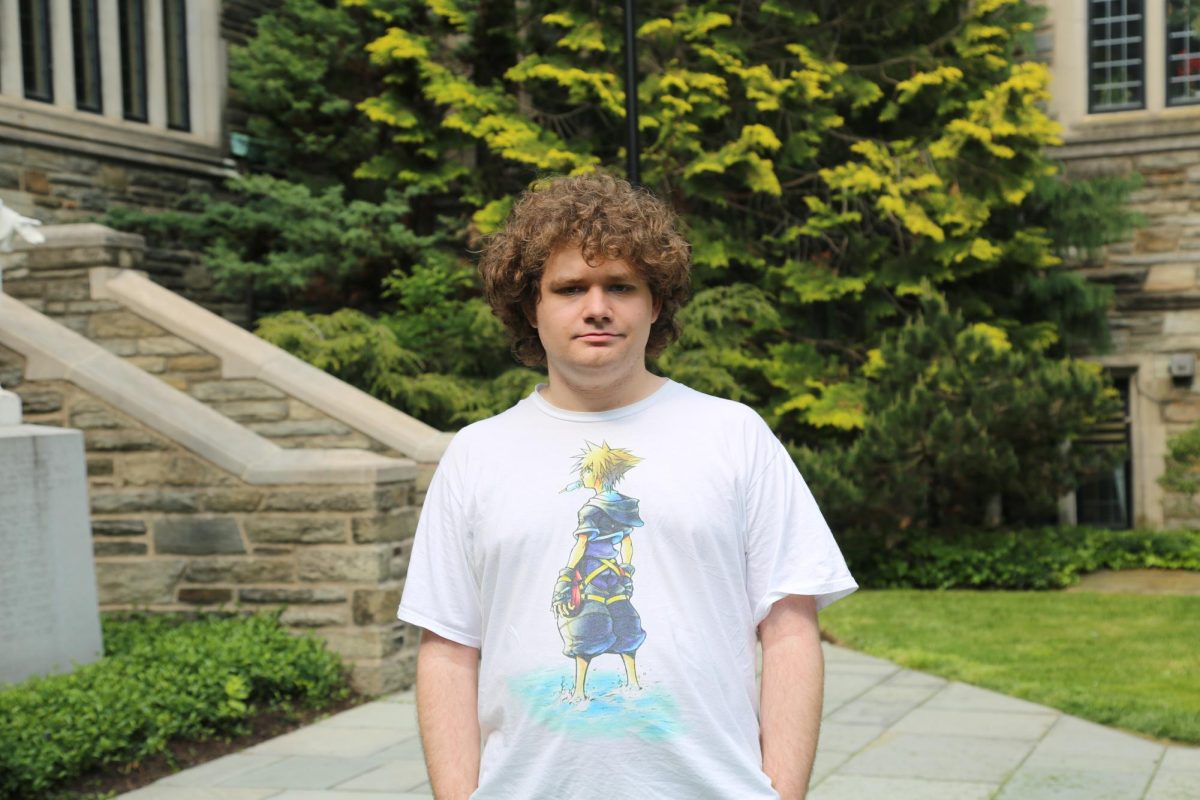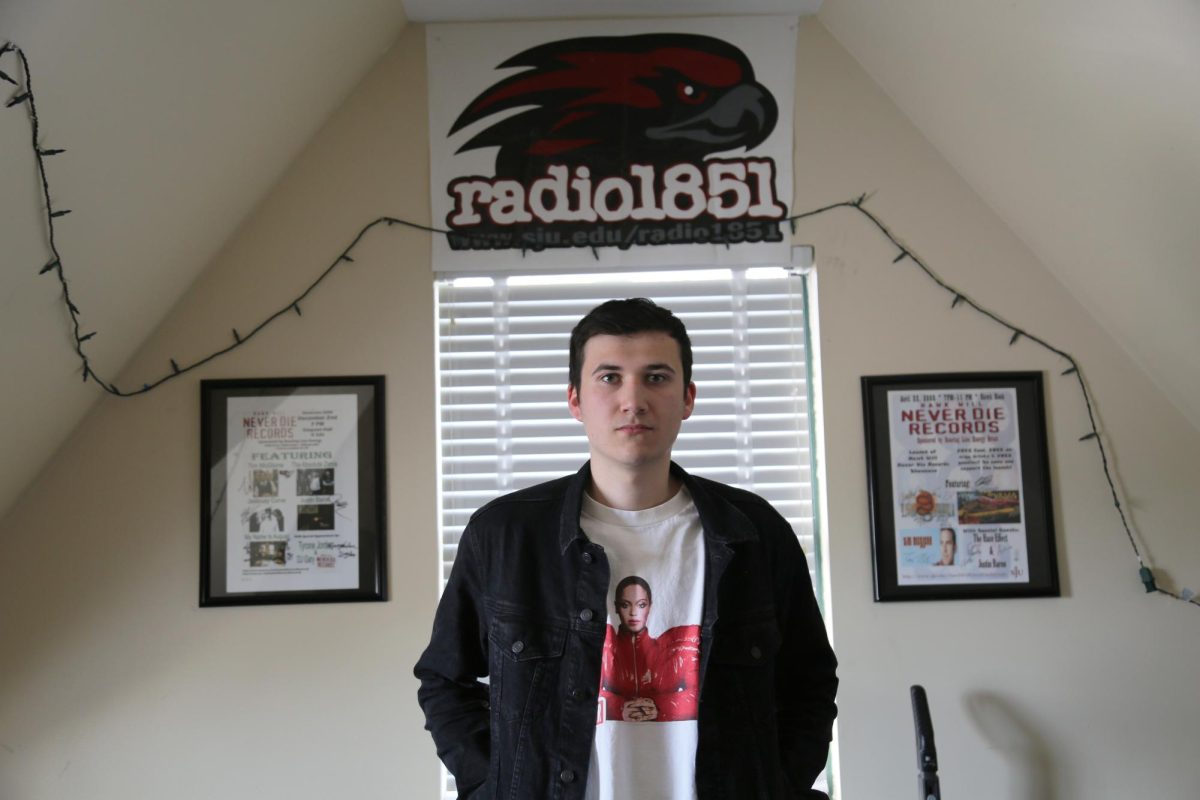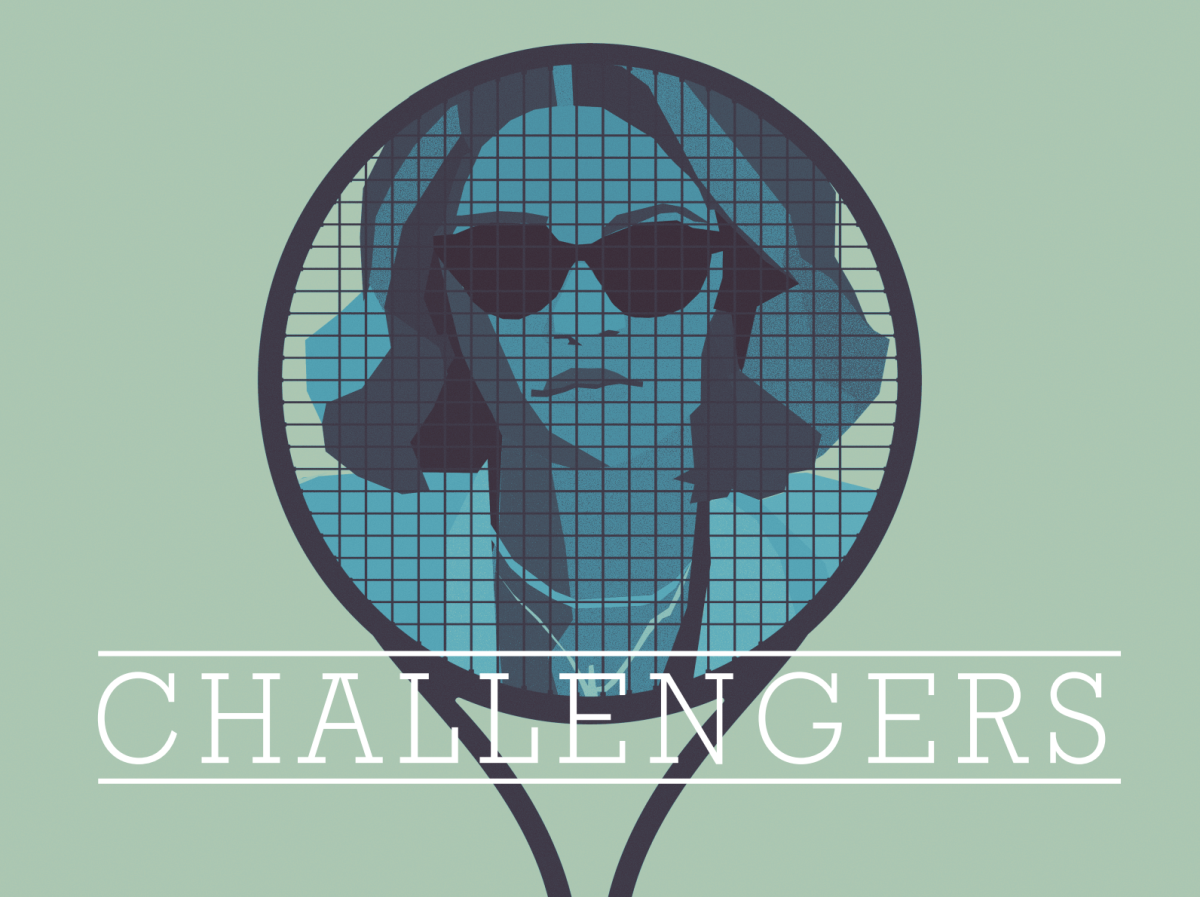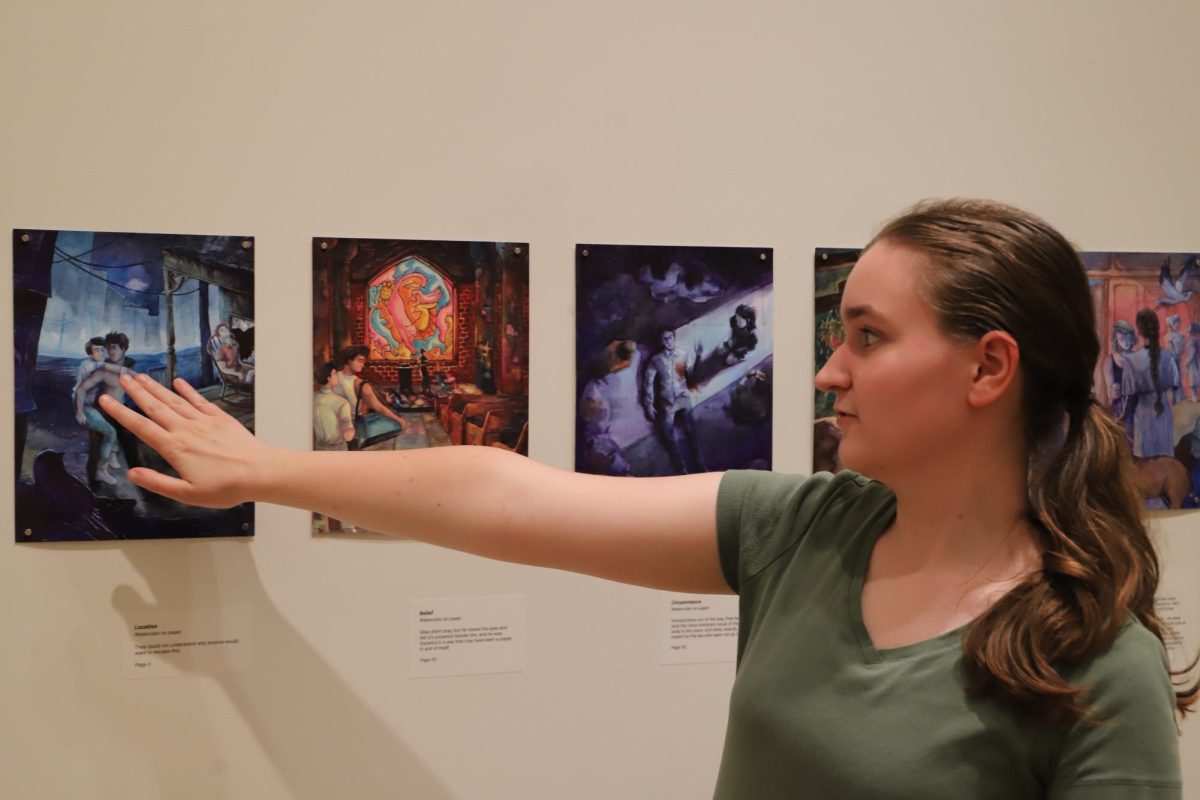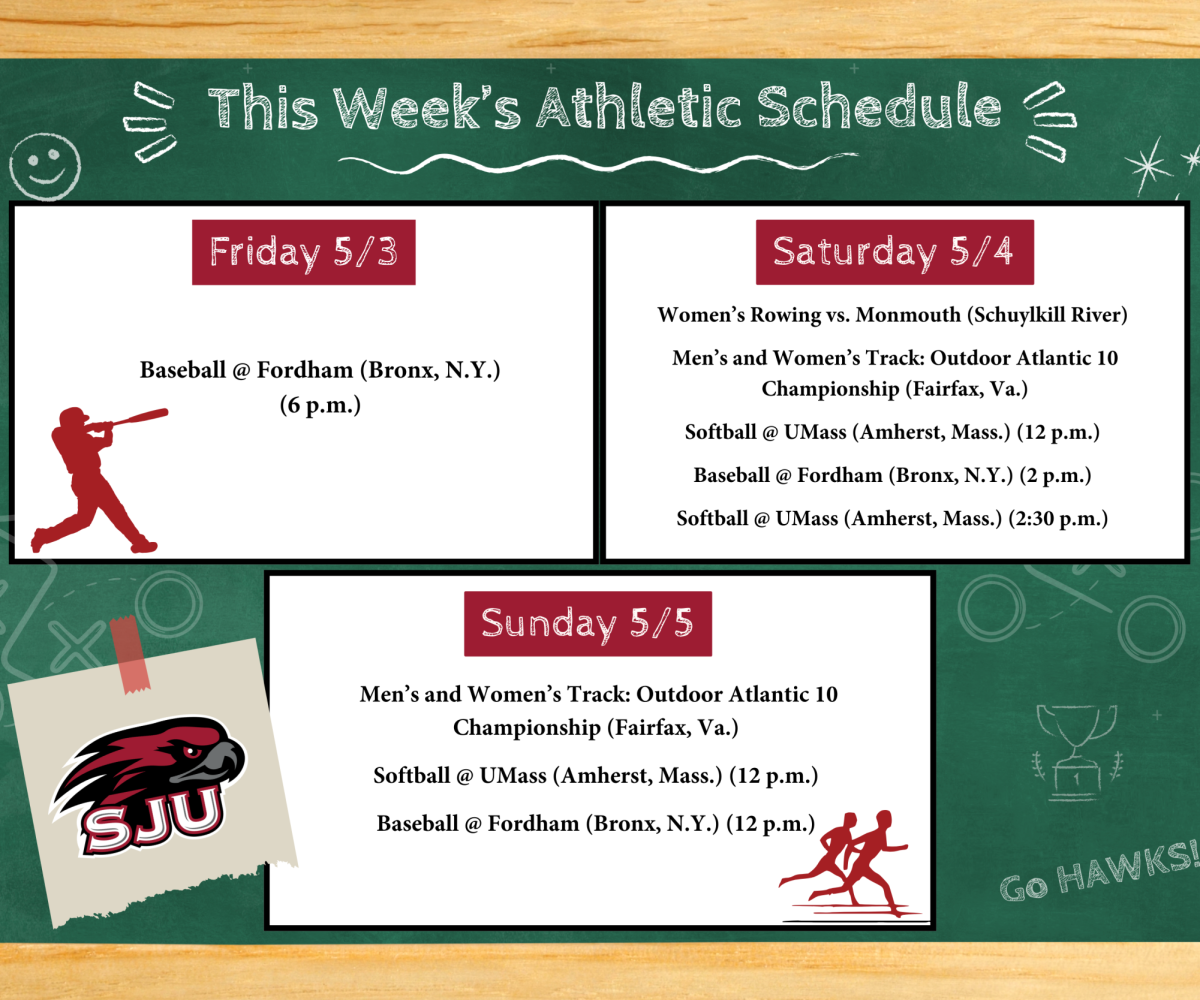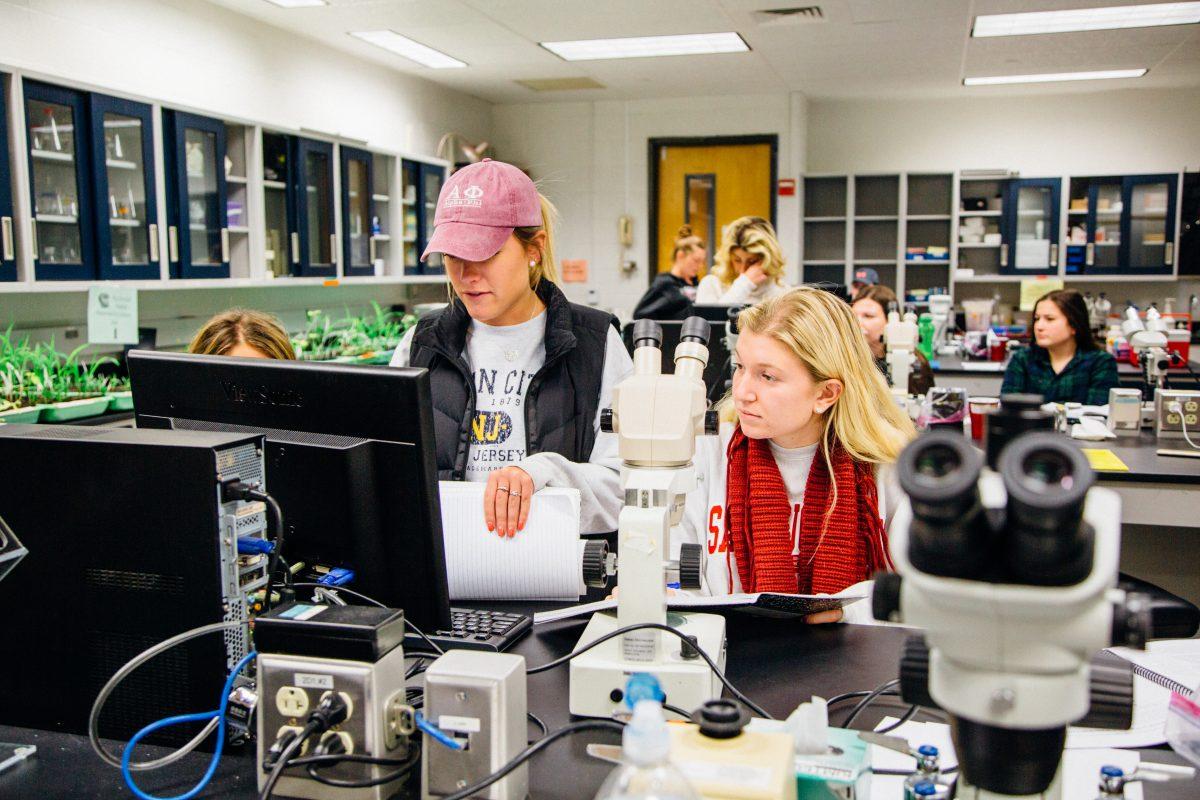Highlighting women in STEM
If you’ve read this column before, you know that I really love math, but my first love was books. I was the kid who got scolded for reading past her bedtime. (I would dutifully switch off my lights and then switch on my portable book lamp, diving under the blanket to muffle the glow because I had to finish a few more chapters.) Since I talked about the importance of representing diversity in STEM in my last article, “Representation theory,” I thought this week I would recommend a few good books about women in STEM.
“Ada’s Algorithm: How Lord Byron’s Daughter Ada Lovelace Launched the Digital Age” by James Essinger. Fittingly, I bought this during my summer math research experience at a fabulous feminist bookstore in Atlanta called Charis. (Well worth a trip for any feminist bookworm visiting Atlanta, but know it’s impossible to go home empty-handed).
If you didn’t know, Lovelace is hailed as the world’s first programmer, which is significant considering how male-dominated the field has become. Some people downplay her importance and shift credit to Charles Babbage, for whose machine she wrote the program. However, Essinger stands up for her place in the history of computing. I’m not thrilled that her father’s name is listed before her achievements in the book’s title, or about the emphasis throughout the book on her connection to Byron, a man she never met.
It seems to be the eternal struggle of women to be identified by their achievements, and not by their relationships to men. Overall, Essinger’s biography gives a fair and thorough treatment to Lovelace’s life, her mathematical genius, and her algorithm—the first computer program.
“Wonder Women: 25 Innovators, Inventors, and Trailblazers Who Changed History,” written by the delightfully sassy Sam Maggs and illustrated by Sophia Foster-Dimino. Not all the women featured are scientists, but many are. In addition to the main stories, there are short blurbs about additional remarkable historical women, and each section concludes with a Q&A with a contemporary woman.
What I really loved about the book was its inclusiveness. It features women from Ancient Greece to the twentieth century, and from across the globe from Japan to America. Magg’s also doesn’t shy away from mentioning the sexual orientations of the historical women, and section one’s contemporary interviewee is a transgender woman.
There are some well-known names, like Lovelace, but many of them were new to me. It was awesome to learn about a bunch of badass lady spies, inventors, scientists, etc., but it reminded me just how far we must go to correct the history bias—emphasis on the HIS.
“Hidden Figures: The American Dream and the Untold Story of the Black Women Mathematicians Who Helped Win the Space Race,” by Margot Lee Shetterly. I mentioned the movie in my last column, but as usual, the book is better. While the movie is limited to the 1960s and the Space Race, the book begins with WWII and offers a much richer look at the lives of Katherine Johnson, Mary Jackson, and Dorothy Vaughan, not to mention numerous other women working at NASA in its early years.
“The X-Files Origins: Devil’s Advocate” by Jonathon Maberry. Although not strictly STEM focused, this book is a must read for anyone interested in finding out how our favorite fictional steminist and badass FBI agent Dana Scully became the science loving skeptic we love today. The novel, set in 1979, relays the story of 15-year-old Scully’s brush with the bizarre, and the astute reader (i.e. the X-Files mega-fan) will pick up on several references to the show’s third season.
Spring break is almost upon us, so if you didn’t manage to snag a place on APEX, why not relax with a good book about some of the awesome, but often overlooked women who’ve shaped the history of science? People may say, “The future is female,” which I firmly believe, but if we dig a little deeper, I think we’ll find the past was pretty female too.

